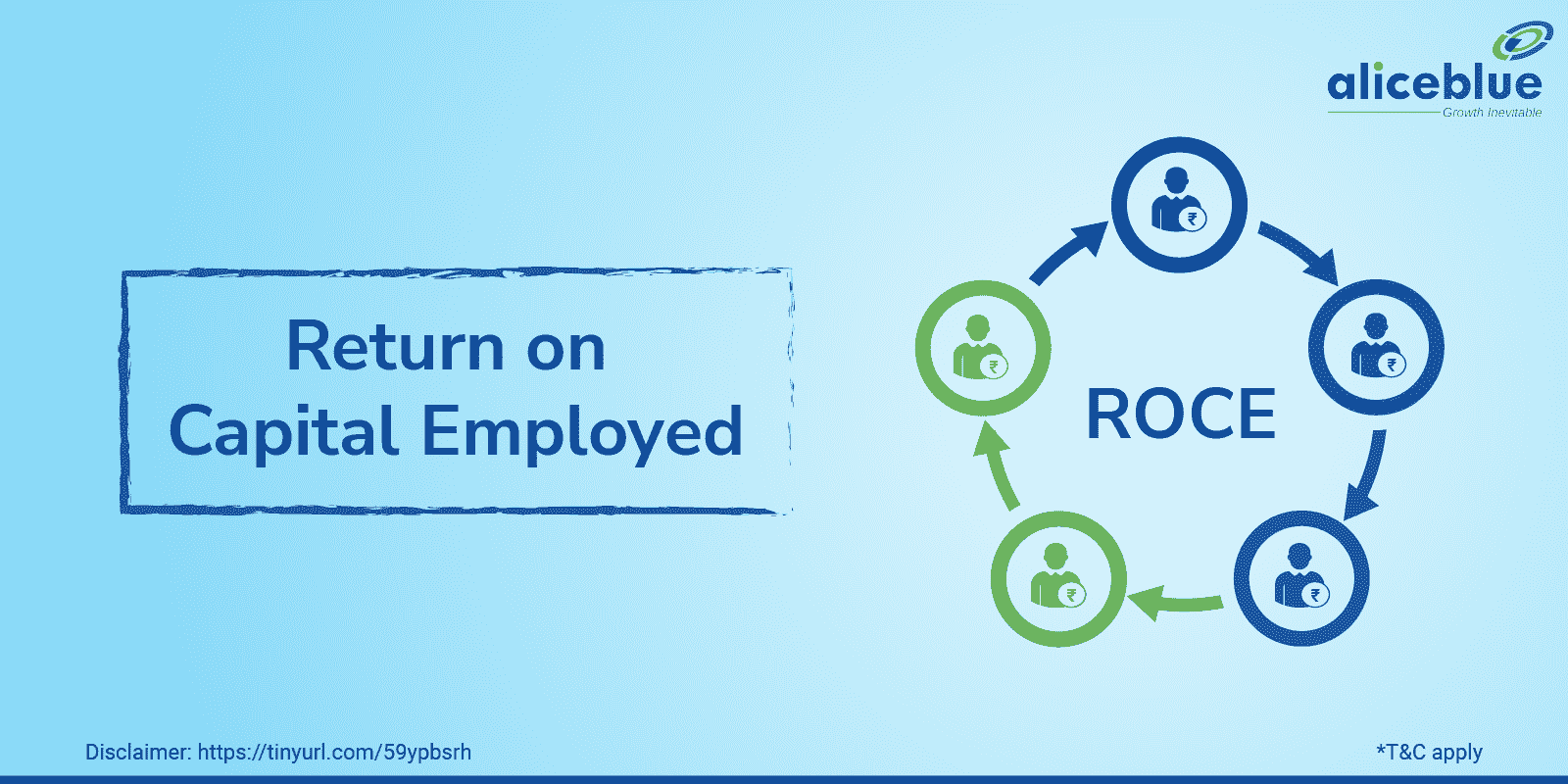
But as usual, reliance on a single metric is not recommended, so ROCE should be supplemented with other metrics such as the return on invested capital (ROIC), which we’ll expand upon in the next section. If we input those figures into the return on capital employed (ROCE) formula, the ROCE of our example company comes out to 15.2%. ROIC represents the percentage return earned by a company, accounting for the amount of capital invested by equity and debt providers. Finally, to find ROCE, we have to divide the operating income by the capital employed. However, we do not consider all liabilities, such as accounts payable.
Return on Capital Employed (ROCE) vs. Return on Invested Capital (ROIC)
He has an EBIT of $5,000, total assets of $50,000, and current liabilities of $10,000. She has an EBIT of $50,000, total assets of $500,000, and current liabilities of $100,000. For similar reasons, recently founded companies have low or negative ROCE ratios. Investments 7 basic invoicing questions you were afraid to ask need time before they start to bring profits, and analyzing this metric in the first years of the business is not always the right approach. Calculating ROCE is an important component of the fundamental analysis of the enterprise, but not the only one.
Limitations of ROCE Calculation Accuracy
You can easily calculate it using figures from corporate financial statements. Also known as operating income, EBIT shows how much a company earns from its operations alone without interest on debt or taxes. It is calculated by subtracting the cost of goods sold (COGS) and operating expenses from revenues. The return on capital employed (ROCE) and return on invested capital (ROIC) are two closely related measures of profitability. That said, the capital employed encompasses shareholders’ equity, as well as non-current liabilities, namely long-term debt. The calculation of return on capital employed is a two-step process, starting with the calculation of net operating profit after taxes (NOPAT).

What is a good ROCE ratio?
This means that for every dollar invested in capital, the tech giant generated 26.5 cents in operating income. Naturally, the higher this figure is, the more profitable a company’s capital employed is. Return on Capital Employed (ROCE) is a widely used financial metric that assesses a company’s profitability and capital efficiency. However, investors should be aware of several limitations when relying on ROCE for investment decisions.
Return on Capital Employed (ROCE): Ratio, Interpretation, and Example
Finance Strategists has an advertising relationship with some of the companies included on this website. We may earn a commission when you click on a link or make a purchase through the links on our site. All of our content is based on objective analysis, and the opinions are our own. However, if capital employed at the beginning of the year is unknown or cannot be determined from the available data, it is not uncommon to use only the year-end figures to calculate capital employed.
Return on capital employed formula
- As with any financial metric, it’s best to do an apples-to-apples comparison.
- When working with your ROCE calculator, you should aim for a strong return on capital.
- Since ROCE is based on past financial data, it could not accurately reflect current market circumstances or growth possibilities.
- If we input those figures into the return on capital employed (ROCE) formula, the ROCE of our example company comes out to 15.2%.
- This means that the ratio should be over 15% and preferably above 30%.
We specifically consider interest-bearing debt, and we only account for long-term debt because we are talking about long-term financing. By itself that’s a normal return on capital and it’s in line with the industry’s average returns of 14%. In other words, every dollar invested in employed capital, Scott earns $1.33. Scott’s return might be so high because he maintains low assets level.
The ROCE ratio is a measure of how well a company is using its capital. It’s also a measure of profitability, since it measures profits against invested capital. In essence, it compares the return on invested capital with your company’s cost of capital (the rate at which your company could have borrowed money). Return on capital employed is calculated by dividing net operating profit, or earnings before interest and taxes, by capital employed. Another way to calculate it is by dividing earnings before interest and taxes by the difference between total assets and current liabilities.
Its name is Synnex, a TI (technical information) company related to the data center business. Because companies might have long-term leases, we prefer to use the non-current liabilities account in order not to miss any long-term interest-bearing liability. Above you can see how the current ROCE for MTU Aero Engines compares to its prior returns on capital, but there’s only so much you can tell from the past. If you’d like to see what analysts are forecasting going forward, you should check out our free analyst report for MTU Aero Engines .
